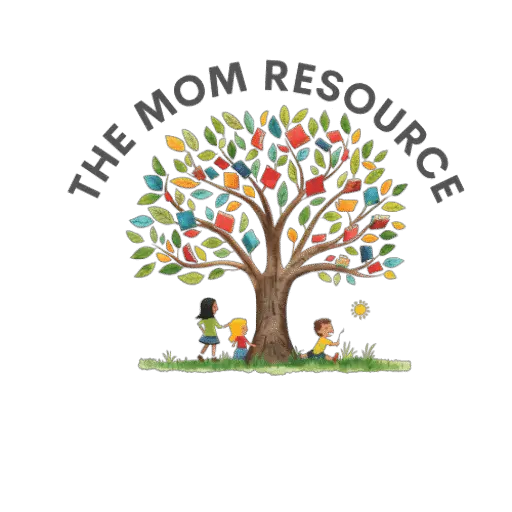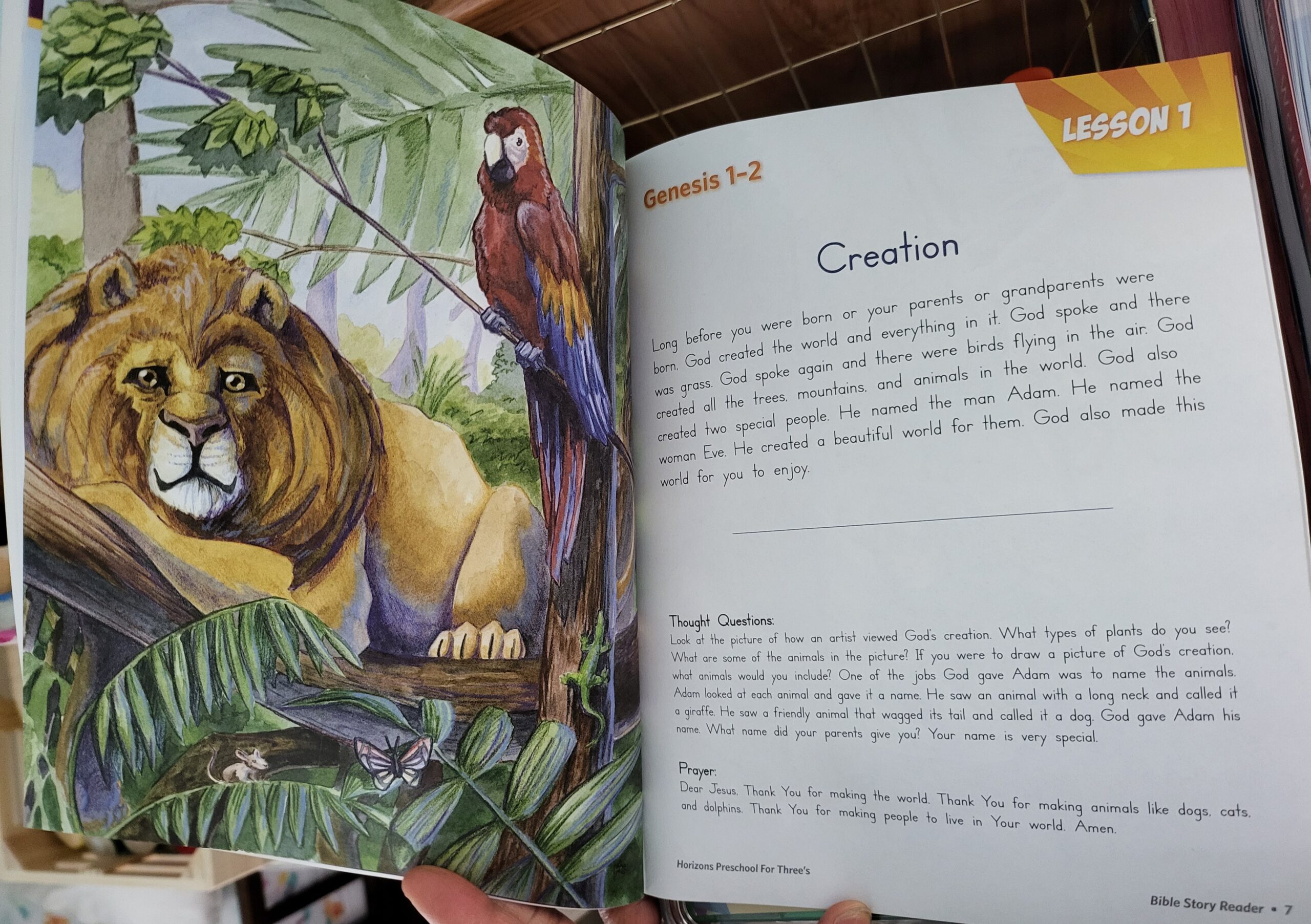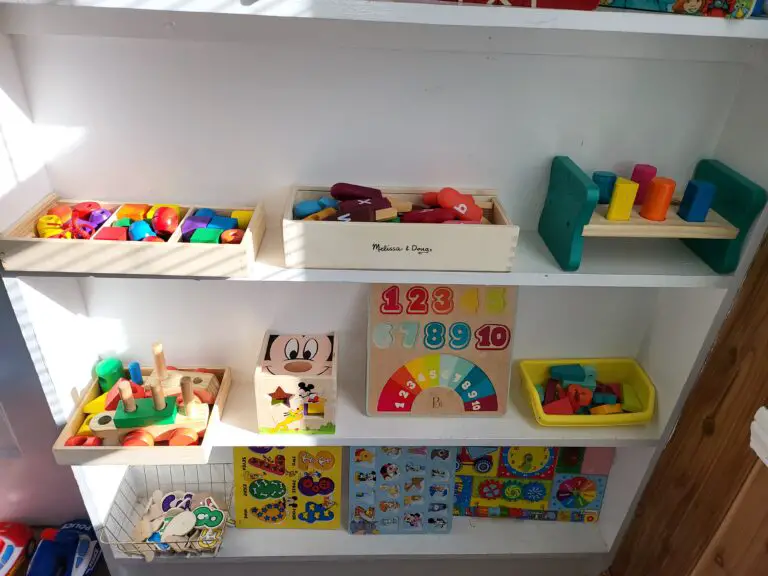Charlotte Mason Homeschool Method: Complete Guide for Beginners in 2025
Introduction
Did you know that Charlotte Mason’s educational philosophy, developed over 130 years ago, is experiencing a remarkable renaissance among modern homeschooling families? In fact, recent surveys show that nearly 40% of homeschoolers incorporate Charlotte Mason principles into their teaching approach!
If you’ve been searching for a homeschool method that honors your child’s personhood, cultivates a love of learning, and doesn’t require expensive curriculum packages, you’re in the right place. The Charlotte Mason homeschool method offers a refreshing alternative to conventional education.
It’s gentle yet rigorous, simple yet profound. Instead of relying on textbooks and worksheets, this approach uses living books, nature walks, and rich conversations to create lifelong learners who actually enjoy their education!
I remember when I first discovered Charlotte Mason’s philosophy. I was overwhelmed by traditional curriculum choices and exhausted from forcing my kids through boring workbooks. The moment I understood that education could be a feast of ideas rather than a tedious checklist, everything changed.
Whether you’re a brand-new homeschooler or looking to refresh your approach, this complete guide will walk you through everything you need to know about implementing the Charlotte Mason method in your home.
Understanding the Charlotte Mason Philosophy
The foundation of a Charlotte Mason homeschool begins with understanding her core educational principles and timeless philosophy.
• Charlotte Mason believed that children are born persons deserving of respect and capable of handling ideas and knowledge;
• Her motto “Education is an atmosphere, a discipline, a life” encapsulates the three instruments of education she championed;
• The atmosphere refers to the environment and relationships within the home, not an artificial learning space;
• Discipline involves developing good habits through consistent practice rather than relying on rewards or punishments;
• Life means providing children with living ideas through great books, art, music, and nature rather than dry facts;
• Mason emphasized that education is the science of relations, connecting children to God, humanity, and the natural world;
• Her approach rejects the notion that children are empty vessels to be filled with information;
• Instead, she viewed the mind as needing nourishment from living ideas, much like the body needs wholesome food;
• The goal is to cultivate a love of learning that continues throughout life, not just pass tests.
The Core Components of a Charlotte Mason Homeschool
Understanding the essential elements that make up a Charlotte Mason education helps you implement this method effectively.
Living books form the backbone of the curriculum, replacing dry textbooks with engaging, well-written literature. These books are written by passionate authors who make subjects come alive through beautiful language and compelling narratives. Short lessons keep children fresh and attentive, typically lasting 15 to 20 minutes for younger students.
Narration is the primary form of assessment where children tell back what they’ve learned in their own words. Nature study takes children outdoors regularly to observe, explore, and develop relationships with the natural world. Copy-work and dictation help develop excellent writing skills, spelling, and attention to detail through quality literature.
Picture study and composer study expose children to great art and music throughout history. Poetry memorization, folk songs, and hymns enrich the soul and develop memory and language skills. Handicrafts teach valuable skills while developing patience, attention, and creativity. Foreign language instruction begins early through exposure and conversation rather than grammar drills.
Living Books: The Heart of Charlotte Mason Learning
Living books distinguish the Charlotte Mason homeschool from other educational approaches and create passionate readers. A living book is written by an author passionate about their subject who writes in engaging, narrative style. These books use rich vocabulary and beautiful language that elevates children’s thinking and expression.
Living books present ideas rather than just facts, allowing children to form their own opinions and connections. They contrast sharply with twaddle, Mason’s term for dumbed-down, oversimplified children’s books. Historical fiction, quality biographies, and well-written science books all qualify as living books.
You can find living books at libraries, used bookstores, and through Charlotte Mason curriculum providers. Building a home library of living books becomes a treasured investment in your children’s education. Reading aloud together creates family bonding while exposing children to books beyond their reading level.
Even challenging subjects like science and mathematics can be taught through living books when possible. The goal is quality over quantity, reading fewer books with full attention rather than skimming many texts
Implementing Narration in Your Homeschool
Narration serves as both a learning tool and assessment method in the Charlotte Mason approach.
Oral narration begins with young children telling back stories or lessons in their own words immediately after reading. This practice develops attention, comprehension, sequencing skills, and oral language abilities. Children should narrate after a single reading, which trains them to pay close attention the first time. Parents should not interrupt or correct during narration unless facts are completely wrong.
Written narration begins around age 10 or when children write comfortably, starting with single paragraphs. Different types of narration include straightforward retelling, acting out scenes, drawing, or creating maps. Narration replaces traditional comprehension questions, allowing children to choose what impressed them most. This method reveals what children actually understood and retained without multiple-choice tests.
Over time, narrations become more detailed, organized, and sophisticated as skills develop. The practice prepares children for future writing, public speaking, and clear thinking throughout life
Creating a Charlotte Mason Schedule and Routine
A well-planned schedule helps you implement the Charlotte Mason homeschool method smoothly and consistently.
• Morning time gathers the family for poetry, hymns, memory work, and read-alouds that everyone enjoys together;
• Short, focused lessons follow Charlotte Mason’s principle of keeping young minds fresh and attentive;
• A typical schedule includes three to four main lessons in the morning when children are most alert;
• Afternoons are reserved for nature study, free reading, handicrafts, and outdoor play;
• Habit training happens throughout the day as you consistently work on one or two habits at a time;
• The schedule should be flexible enough to accommodate different ages and developmental stages;
• Younger children may only need two to three hours of formal lessons daily;
• Older students gradually increase to four to five hours but still maintain short, varied lessons;
• Building in margin time prevents the schedule from becoming stressful or overwhelming;
• Consistency matters more than perfection, as habits form through regular, repeated practice.
Nature Study and Outdoor Learning
Nature study forms an essential pillar of the Charlotte Mason homeschool, connecting children to the created world.
Regular nature walks should occur at least once weekly, ideally several times per week in the same location. Children keep nature journals where they sketch and describe their observations in detail. These outdoor excursions aren’t just play time but intentional observation and relationship building with nature.
The Handbook of Nature Study by Anna Botsford Comstock provides excellent guidance for parents. Children learn to identify trees, birds, insects, wildflowers, and other elements of their local ecosystem.
Nature study cultivates patience, attention to detail, scientific observation skills, and wonder. Seasonal changes become meaningful as children return to the same places throughout the year. This practice develops artists, scientists, and poets who see beauty and complexity in the natural world, even urban families can practice nature study in parks, backyards, or through window observations. The goal is relationship and observation, not collecting or conquering nature.
Charlotte Mason Homeschool Curriculum and Resources
Selecting appropriate curriculum and resources helps you successfully implement this educational philosophy.
Ambleside Online offers free, complete Charlotte Mason curriculum schedules for all grade levels.
Simply Charlotte Mason provides both free resources and affordable curriculum packages with detailed planning.
Living Books Curriculum Company creates Charlotte Mason inspired materials for multiple subjects.
A Gentle Feast provides beautifully planned curriculum with a Christian worldview and lovely books.
Your Morning Basket podcast and resources help plan engaging morning time for the whole family.
The Original Homeschooling Series by Charlotte Mason herself remains essential reading for parents .
You can also build your own curriculum using book lists and scheduling your own living books around your family’s interests. Many families combine Charlotte Mason with other approaches for subjects like mathematics. Used book sales, library books, and digital resources make this approach affordable for most families. The key is finding living books and maintaining short lessons with narration regardless of specific curriculum
Teaching Different Subjects the Charlotte Mason Way
Each subject area has specific applications within the Charlotte Mason homeschool framework.
History comes alive through historical fiction, quality biographies, and primary source documents. Geography includes map work, cultural studies through travel books, and connecting places to historical events. Literature appreciation develops through exposure to poetry, Shakespeare, classic novels, and excellent picture books. Science uses living books about naturalists, scientists, and specific topics rather than textbook summaries.
Mathematics may require supplementation as Mason’s approach to math was less developed than other subjects. Foreign languages begin with songs, conversation, and exposure before formal grammar instruction. Art study introduces children to famous artists through regular picture study sessions examining great works.
Music education includes composer study, listening to classical pieces, and learning to play instruments. Physical education happens naturally through outdoor play, nature walks, and purposeful movement. Bible study uses scripture directly rather than simplified curriculum, along with quality Christian living books
Building Good Habits in Your Charlotte Mason Home
Habit training forms one of the three pillars of Charlotte Mason education and transforms family life. Charlotte Mason believed that habits are like rails that make life run smoothly without constant decisions;
- Focus on one or two habits at a time rather than overwhelming children with multiple expectations
- Attention is perhaps the most important habit to cultivate early and consistently
- Obedience, truthfulness, and personal initiative are foundational habits Mason emphasized
- The habit formation process takes consistent practice for about six weeks before becoming automatic
- Parents must model the habits they want to see in their children through their own behavior
- Physical habits include proper posture, personal hygiene, and care of belongings
- Mental habits encompass attention, accuracy, thinking before speaking, and mental effort
- Moral habits include kindness, courtesy, honor, and personal responsibility
The goal is developing character that serves children throughout their entire lives.
Common Charlotte Mason Homeschool Challenges and Solutions
Even experienced Charlotte Mason homeschoolers encounter obstacles that require practical solutions and flexibility.
Finding time to read aloud all the wonderful books can feel overwhelming at first; Solution: Start with fewer books and add gradually as you develop your rhythm and routine
Children may resist narration initially if they’re used to passive learning styles; Solution: Begin with short, interesting passages and make narration feel conversational rather than testing.
Nature study feels difficult in harsh climates or urban environments; Solution: Adapt to your situation with window observations, seasonal intensives, and creative solutions.
Combining multiple ages while maintaining short lessons requires careful planning; Solution: Use morning time together and stagger individual lessons throughout the day.
Curriculum choices can feel overwhelming with so many Charlotte Mason resources available; Solution: Start simple with Ambleside Online’s free schedules or one complete curriculum provider.
Parents worry they’re not doing it “right” or perfectly following Charlotte Mason’s methods; Solution: Remember that Charlotte Mason adapted her methods and you should too for your family.
Balancing Charlotte Mason ideals with real-life constraints like working parents or special needs; Solution: Take the principles and adapt them practically rather than abandoning the approach entirely.
Charlotte Mason Homeschool for Different Ages
The Charlotte Mason method adapts beautifully across all developmental stages from preschool through high school.
Preschool years focus on outdoor play, read-alouds, nature observation, and habit training. Formal lessons don’t begin until age six, allowing plenty of time for imaginative play and exploration. Early elementary years introduce short lessons, narration, nature study, and basic skills. Upper elementary students handle longer books, written narration, and more independent work.
Middle school years deepen subject study while maintaining short, varied lessons throughout the day. High school students read extensively, write detailed narrations and essays, and explore ideas deeply.
The approach scales naturally as children mature, adding complexity without losing core principles. Multi-age teaching works well as many books, nature walks, and activities include everyone. Special needs children often thrive with living books, narration alternatives, and gentle methods. The personalized nature of Charlotte Mason education allows adaptation for individual learning styles and needs
Conclusion
The Charlotte Mason homeschool method offers a beautiful, sustainable approach to home education that honors childhood while providing rigorous academic training. From living books that spark imagination to nature study that connects children to the world around them, this philosophy creates lifelong learners who think deeply and love wisely.
You don’t need expensive curriculum packages or teaching credentials to begin your Charlotte Mason journey! Start with what you have: read living books aloud, take nature walks, and practice narration. As you implement short lessons, build good habits, and feast on ideas together, you’ll discover that education truly can be a joyful experience for both you and your children.
Remember, Charlotte Mason herself constantly refined her methods based on experience and observation. Give yourself grace as you learn and adapt these principles to your unique family situation. The goal isn’t perfection but progress toward an education that nourishes the whole person.
Ready to transform your homeschool? Pick one Charlotte Mason principle to implement this week. Maybe it’s reading your first living book together, taking a nature walk with journals in hand, or trying narration after your read-aloud time. Small steps create lasting change, and before you know it, you’ll have built a rich, meaningful educational experience that your children will treasure for life!






